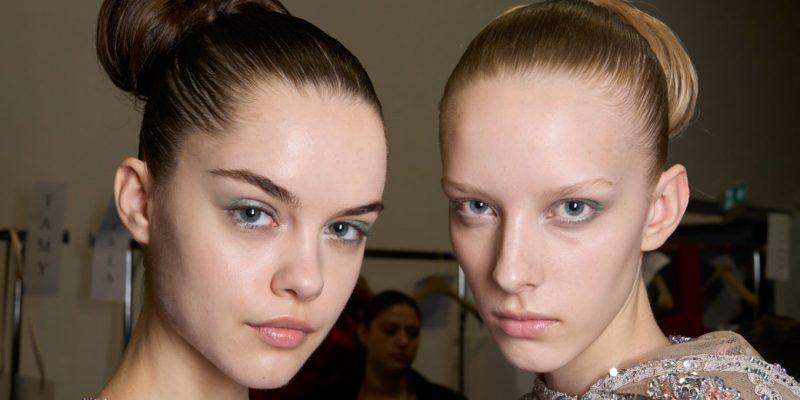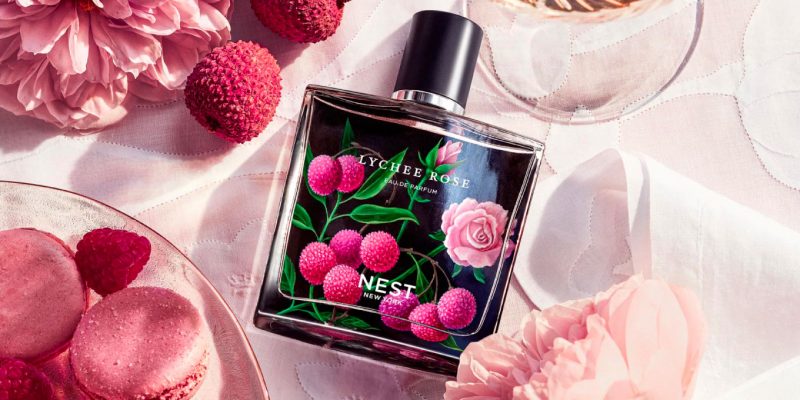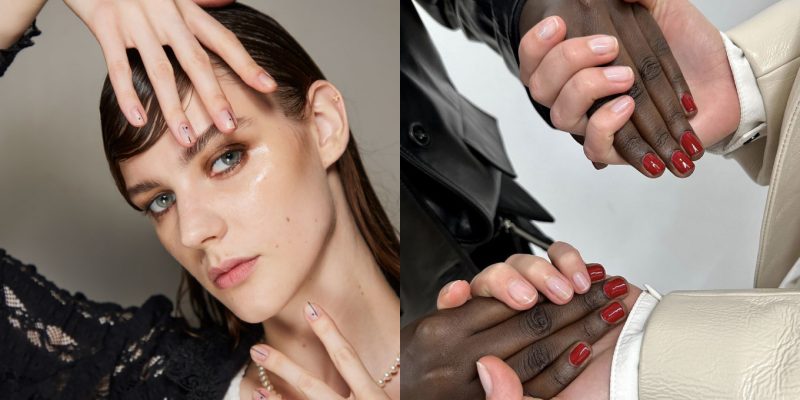Health & Fitness
Your Comprehensive Guide to Summer Wellness is Here
by : Wing Sze Tang- Jun 27th, 2019
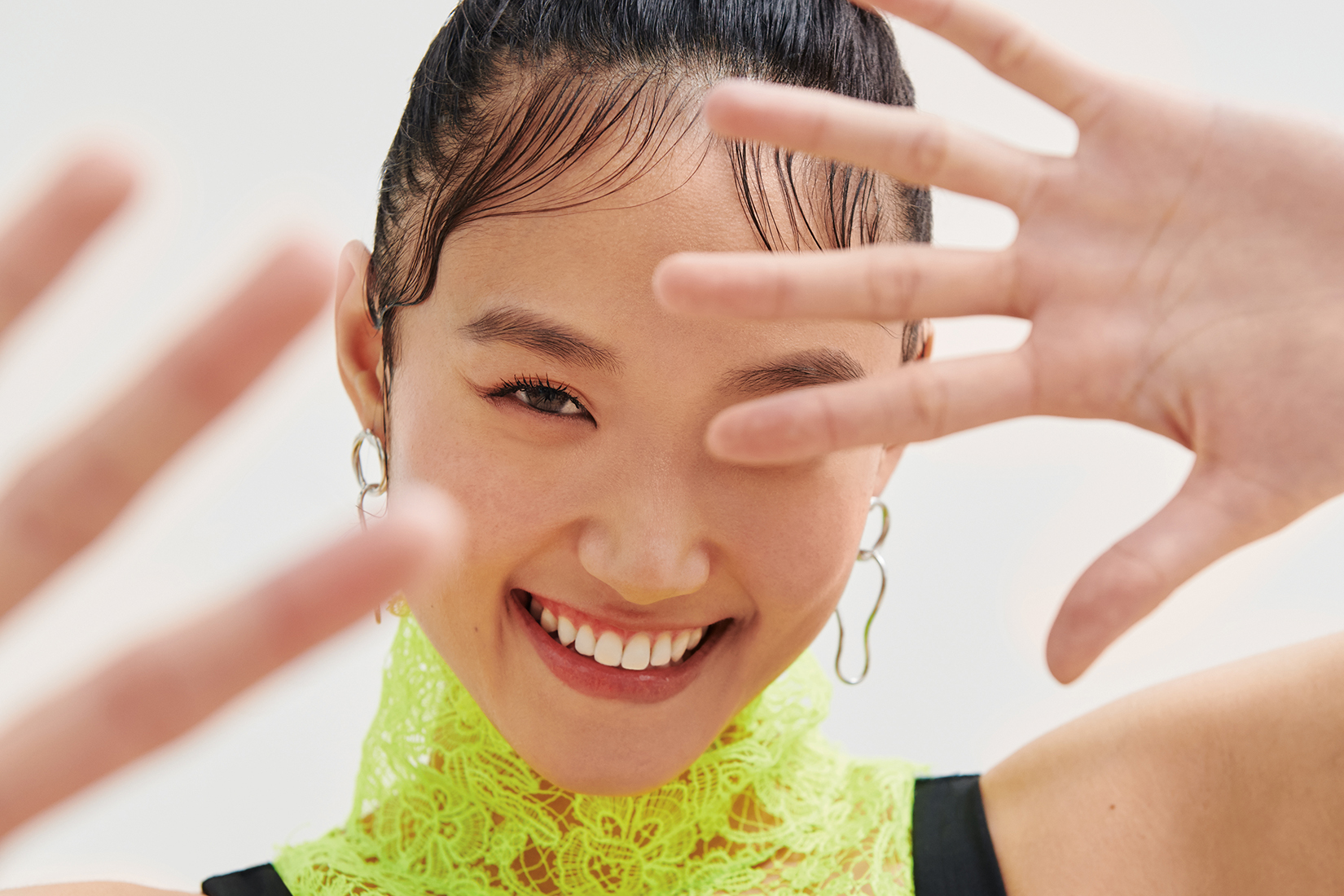
Summer has arrived—and with all the glorious sun, sea and sand comes a particular set of wellness concerns. Read on to learn how to prevent summer acne flare-ups, protect yourself from indoor pollution and choose the best SPF.
Guard your skin.
Take scorching-hot weather and slather sticky sunscreen on skin prone to puddling into a sweaty oil slick and you’ve got a recipe for breakouts.
“Acne is inflammatory; add heat and it’s likely to get worse,” says facialist Annie Graham of Calgary’s XO Treatment Room. Wash your face well, ideally with a gel cleanser that contains salicylic acid to help unclog pores. A daily SPF is non-negotiable.
“UVA rays can deepen acne inflammation, making scars worse,” explains Graham. “Sun damage also weakens your skin barrier, which can lead to more acne, so don’t kid yourself [into thinking] that the sun dries it up.” To track how the season affects your skin, try La Roche-Posay Effaclar Spotscan, an AI-powered online tool that analyzes your selfies for acne.
Consider air quality.
In the summer, opening windows and doors to let in fresh air also welcomes pollen, car emissions and other outdoor fumes. Plus, year-round, we’re inhaling volatile organic compounds (VOCs) right in our home—gaseous chemicals come from lots of household items, like paints, cleaning supplies and, ironically, air fresheners. Replace your retro fan with the new Dyson Pure Hot+Cool, which is outfitted with a HEPA filter to catch 99.97 per cent of particle pollutants.

Tone up.
Sadly, lifting a glass of Aperol spritz doesn’t count as reps, but a new workout trend promises to tone arms—and legs, abs and everything else—in a single sweat sesh: group boxing, set to a party playlist.
“Boxing is fully immersive. Your entire body gets behind each punch, so the physical changes are fast,” says Joanna “Magik” Majcherkiewicz, co-founder of Calgary’s UNDRCARD Boxing Studio, which just expanded to Toronto and opens in Vancouver this fall. The class makes muscles long and lean.
“It doesn’t overload them to the brink of bulking,” explains Majcherkiewicz. Plus, you’ll benefit from the caloric afterburn (excess post-exercise oxygen consumption, or the EPOC effect)—so you’ll be expending energy while recovering poolside, bubbly in hand.
Take your run outdoors.
After a winter of going nowhere fast on the dreadmill, there are benefits to taking your runs outside.
“When you’re on a treadmill, your form is missing part of the stride,” explains Brittany Moran, a coach at Nike+ Run Club Toronto. If you’re a seasoned runner, make sure to get in some hills. “They’re hidden ‘speed work.’ As you’re going up hard, you’re elevating your heart rate.” Powering up an incline will also help you hone your running form, efficiency and strength.
If you’re a rookie, to minimize injury risk, don’t go too fast or far too soon. Focus on perceived effort (basically, how hard it feels) rather than the pace on your watch. “My rule of thumb is that if you’re running ‘easy,’ you should be able to talk,” says Moran. “When you’re running ‘hard,’ it should be harder to have a conversation.” Even a slow jog is a start; it will raise your heart rate and improve your cardio fitness.

Stay hydrated.
This summer, break up with single-use plastics and stay hydrated with the high-tech (and highly Instagrammable) LARQ bottle. The first-of-its-kind water-purifying bottle can kill germs in 60 seconds and also self-cleans, all using the UV-C LED light in the cap. (Bonus: There’s no filter to replace.) For your next outdoor trek, take to the trails with 1.5 litres of water in the Lululemon Enlite Hydraffinity Vest, a two-years-in-the-making hybrid sports bra/hydration pack. The clever design also includes room to stash energy gels and other long-haul essentials.

Raise the bar.
Sun, salt water and chlorine can zap moisture and suppleness from skin and hair, but, if you believe the hype, taking collagen could help.
“A decent number of studies have shown that collagen supplementation improves some objective indicators of skin vitality, such as wrinkle depth, elasticity and hydration status,” explains Andy De Santis, a Toronto registered dietitian, noting that studies backing the effects on hair are scarcer.
If buying these supplements is nbd for your budget and you enjoy taking them, go ahead, he adds—just remember they’re a small part of your overall health picture. You can now find collagen in pills, powders and even post-workout snacks, like the made-in-Canada Double Chocolate Beet Collagen Sproos Bar, which also packs 14 grams of classic protein.

Practice safer sun.
A recent study by the U.S. Food and Drug Administration (FDA) that detected sunscreen chemicals in the bloodstream sparked a flurry of alarmist headlines, but Dr. Sonya Abdulla of Dermatology on Bloor in Toronto says there’s no reason to abandon your SPF. For starters, the study was small and the participants put on way more sunscreen—and reapplied it way more often— than anybody would in real life.
“The FDA also responded to the study with a reminder that while sunscreen is absorbed into the skin, it does not mean the ingredients are unsafe,” says Abdulla. Still wary? Opt for non-nano mineral filters, namely zinc oxide and titanium dioxide. “[These] act as a protective shield on the skin, reflecting UV rays, and their absorption is limited,” says Abdulla.
A version of this article appeared in the Summer 2019 issue of ELLE Canada. Subscribe now.
Newsletter
Join our mailing list for the latest and biggest in fashion trends, beauty, culture and celebrity.
Read Next

VIP
Canadian Singer Stacey Jackson’s Debut Novel Strikes a Chord on the Bestseller List
From stage to page: Stacey Jackson captures hearts and charts with her literary debut, How a Gangsta Rapper Made Me a Better Mom.
by : Contributor Content- Apr 26th, 2024
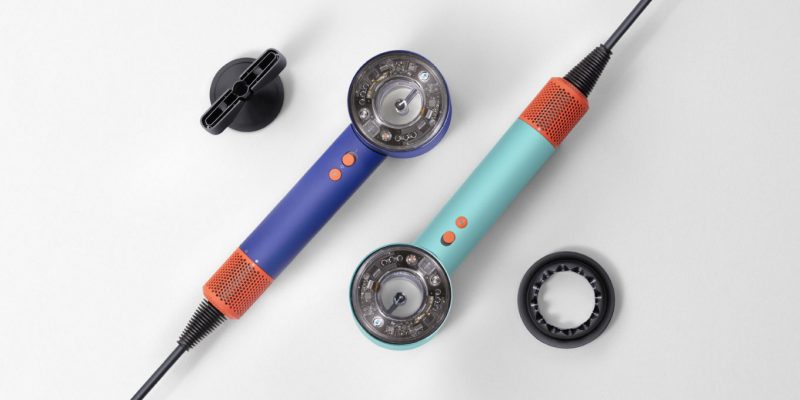
Beauty
Dyson Just Launched Its Most Intelligent Hair Dryer Yet
Get ready to upgrade your blowout game.
by : Lauren Knowles- Apr 25th, 2024

Culture
This University Elevates Women to New Professional Heights
You shouldn’t have to pause your life to move forward in your career.
by : ELLE Canada- Apr 16th, 2024


